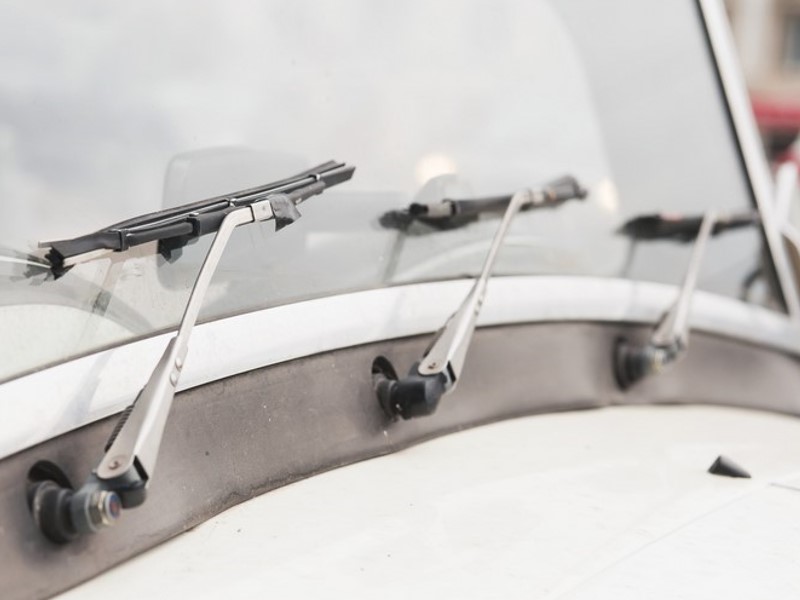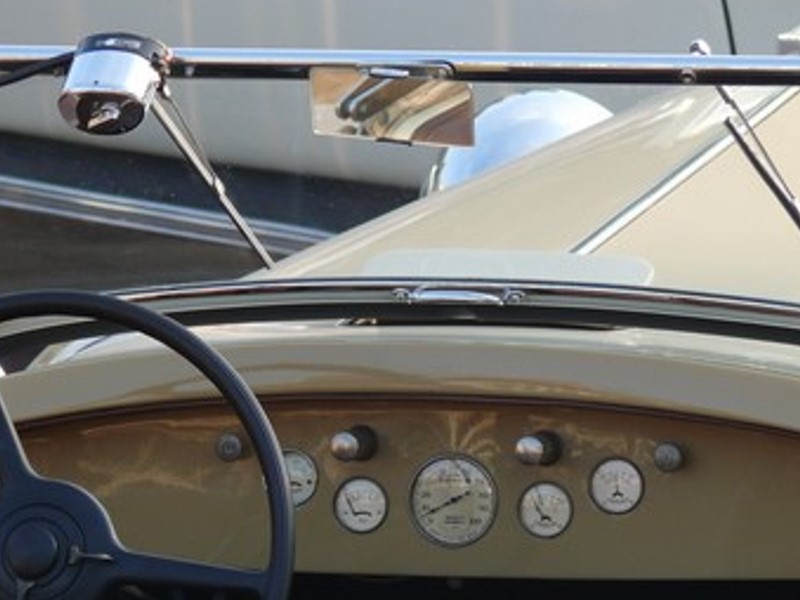
The Evolution of Car Wiper Blades
When you think about the components that make up your automobiles, car wiper blades might not be the first thing that comes to mind. However, these unassuming strips of rubber play a crucial role in ensuring our safety and comfort on the road, especially during inclement weather.
Let’s delve into the fascinating history of car wiper blades, explore their various uses, and learn how to properly maintain them for optimal performance.
A Brief History
The story of car wiper blades dates back to the early 20th century, a time when automobiles were rapidly gaining popularity, but road conditions were far from ideal. As more cars took to the streets, the need for better visibility in rainy or snowy weather became increasingly apparent.
The first windshield wipers were simple hand-operated devices, often consisting of a rubber blade attached to a manually operated handle inside the car. While these early wipers were better than nothing, they were far from perfect. Drivers had to manually crank them back and forth, which was not only cumbersome but also distracting.

In 1903, Mary Anderson, an American inventor, patented the first mechanical windshield wiper system. Her invention consisted of a lever-operated device with a rubber blade that could be moved up and down across the windshield. Although Anderson’s design was an improvement over previous methods, it still required manual operation and was not widely adopted at the time.
It wasn’t until the 1920s and 1930s that windshield wipers began to see more widespread use in automobiles. With advancements in technology and manufacturing, wiper systems became more reliable and efficient. Electrically powered wiper systems, which eliminated the need for manual operation, became standard features in cars by the mid-20th century, further enhancing driver safety and convenience.
The Uses of Wiper Blades
The primary purpose of a car windshield wiper is to clear the windshield of water, snow, dirt, and other debris, thereby improving visibility for the driver.
Whether it’s a drizzle or a torrential downpour, these blades ensure that drivers can see clearly and navigate safely through adverse weather conditions.




